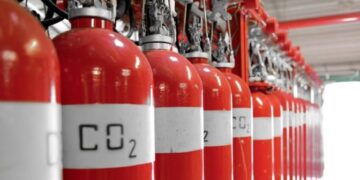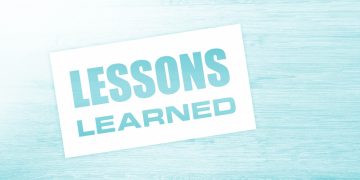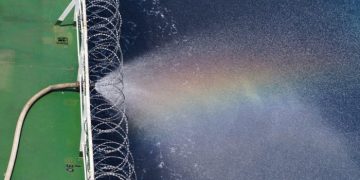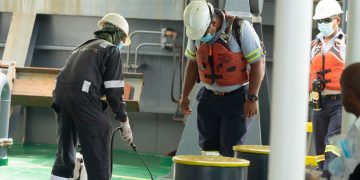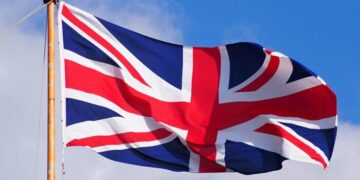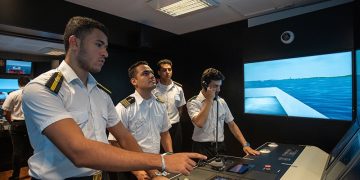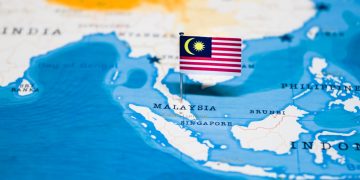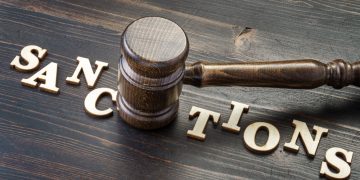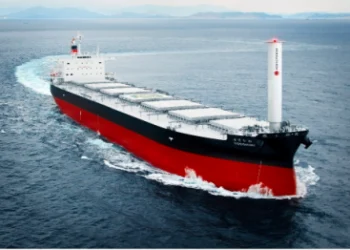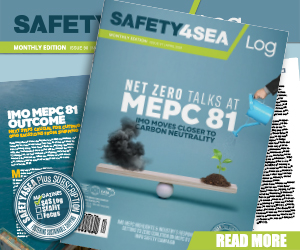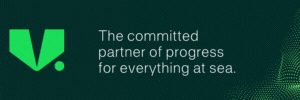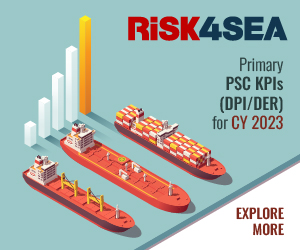Aims to the reduction of GHG emissions from ships
 A broad church around a single purpose
A broad church around a single purpose
In recent years, discussions at IMO have resulted in the development of an Energy Efficiency Design Index (EEDI) that has the broad and emphatic support of Governments, industry associations and organizations representing civil society interests. All are united in the same purpose: to ensure that the EEDI delivers environmental effectiveness by generating, through enhanced energyefficiency measures, significant reductions in GHG emissions from ships.
Numerous stakeholders – policy-makers, shipowners, naval architects, class societies, etc. – are contributing to this endeavour, providing technical and other input to the debate. On the eve of adopting the ‘first iteration’ of the EEDI, this broad (but united) church of interests has developed an instrument that is eminently suited for its intended purpose.
Enhancing energy efficiency
Shipping is permanently engaged in efforts to optimize fuel consumption. And, while ships are universally recognized as the most fuel-efficient mode of bulk transportation, the Second IMO GHG Study, in 2009, identified a significant potential for further improvements in energy efficiency, mainly through the use of already existing technologies such as more efficient engines and propulsion systems, improved hull designs and larger ships:
or, in other words, through technical- and design-based measures that can achieve noteworthy reductions in fuel consumption and resulting CO2 emissions on a capacity basis (tonne-mile). The study also concluded that additional reductions could be obtained through operational measures such as lower speed, voyage optimization, etc.
The EEDI addresses the former type of measure by requiring a minimum energyefficiency level for new ships; by stimulating continued technical development of all the components influencing the fuel efficiency of a ship; and by separating the technical and design-based measures from the operational and commercial ones. It is already being used to enable a comparison to be made of the energy efficiency of individual ships with similar ships of the same size that could have undertaken the same transport work (i.e. moved the same cargo).

Applicability
The EEDI formula – as presently drafted – is not supposed to be applicable to all ships. Indeed, it is explicitly recognized that it is not suitable for all ship types (particularly those not designed to transport cargo) or for all types of propulsion systems (e.g., ships with diesel-electric, turbine or hybrid propulsion systems will need additional correction factors).
Indeed, the first iteration of the EEDI has been purposefully developed for the largest and most energy-intensive segments of the world merchant fleet, thus embracing 72 per cent of emissions from new ships and covering the following ship types: oil and gas tankers, bulk carriers, general cargo ships, refrigerated cargo carriers and container ships. For ship types not covered by the current formula, suitable formulae will be developed in due course to address the largest emitters first. IMO’s Marine Environment Protection Committee (MEPC) is poised to consider the matter in detail at future sessions, with a view to adopting further iterations of the EEDI.
Safe Speed
The need for a minimum speed to be incorporated into the EEDI formula has been duly acknowledged by the MEPC and, to that end, a draft EEDI regulation (22.4) states that “For each ship to which this regulation applies, the installed propulsion power shall not be less than the propulsion power needed to maintain the manoeuvrability of the ship under adverse conditions, as defined in the guidelines to be developed by the Organization.”
It should, therefore, be clear that IMO fully supports the view that a minimum installed power to maintain safe navigation in adverse weather conditions is of critical importance to ensure both the safety and efficiency of international shipping. While the EEDI instrument therefore contains the standard to be achieved on this matter, implementation of that standard will be enabled through guidelines that are also to be adopted. A draft set of such guidelines will be considered by the MEPC in July 2011. With technical input from all concerned parties, these guidelines will be further developed.
Installed Power
Although the easiest way to improve a vessel’s fuel efficiency is, indeed, to reduce speed – hence the move to slow steaming by a significant number of ships – there is a practical minimum at which fuel efficiency will decrease as a vessel is slowed down further. There are other ways to improve fuel efficiency, such as waste heat generators,which do not impact on speed (they impact on auxiliary engines). Indeed, improvements in road transport efficiency have been made through advances in technology that have, however, not led to a sacrifice in speed; rather, quite the opposite.
It has been (wrongly) argued that the EEDI limits installed power and so induces owners to use small-bore high-rpm engines, thereby increasing fuel consumption. However, a reduction of installed power does not require a reduction in engine bore and increasing rpm. The easiest way to reduce power would be to “de-rate” the exact same engine by limiting the “maximum” rpm (remember, horsepower = torque multiplied by rpm).
This would have the impact of increasing propeller efficiency (if the exact same propeller is installed), as propeller efficiency will generally improve as rpm decreases. Another practical way to reduce installed horsepower is to install an engine with one cylinder fewer. This would have no impact on specific fuel consumption or rpm. Such engines can be identified by reference to the catalogues of major engine manufacturers.
Of course, there are “economies of scale” in ships’ fuel efficiency. The larger the ship (at a given speed), the lower the fuel consumption per unit of cargo. However, such economies of scale are limited by trade considerations, physical port limitations (generally, draft) or cargo logistics issues. Therefore, ships tend to be designed to be as large as practical for a given trade.
Effectiveness of EEDI in reducing CO2 emissions
It has also been suggested that the EEDI will result in little or no reduction in CO2 emissions in those sectors where slow-steaming is already practised.
Consider the following simplified EEDI formula: 
The CO2 emission represents total CO2 emission from combustion of fuel, including propulsion and auxiliary engines and boilers, taking into account the carbon content of the fuels in question. If energy-efficient mechanical or electrical technologies are incorporated on board a ship, their effects are deducted from the total CO2 emission. The energy saved by the use of wind or solar energy is also deducted from the total CO2 emissions, based on actual efficiency of the systems. The transport work is calculated by multiplying the ship’s capacity (dwt), as designed, with the ship’s design speed measured at the maximum design load condition and at 75 per cent of the rated installed shaft power.
The EEDI, in establishing a minimum energy efficiency requirement for new ships depending on ship type and size, provides a robust mechanism that may be used to increase the energy efficiency of ships, stepwise, to keep pace with technical developments for many decades to come.
It is a non-prescriptive mechanism that leaves the choice of which technologies to use in a ship design to the stakeholders, as long as the required energy-efficiency level is attained, enabling the most cost-efficient solutions to be used. Such technologies have been comprehensively considered in the 2009 IMO GHG Study.
Conclusion
Assuming adoption this year and entry into force in 2013, the introduction of the EEDI for all new ships will mean that between 45 and 50 million tonnes of CO2 will be removed from the atmosphere annually by 2020, compared
with “business as usual” and depending on the growth in world trade. For 2030, the reduction will be between 180 and 240 million tonnes annually from the introduction of the EEDI.
There is, therefore, every confidence, among the vast majority of the international maritime community, that the EEDI will result in more energy efficient ships, in reduced emissions of GHGs, in environmental effectiveness and in a significant contribution by a global industry to the global efforts to stem climate change.




